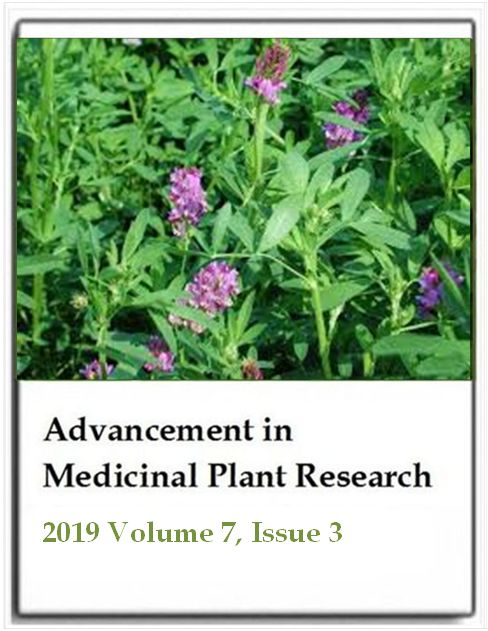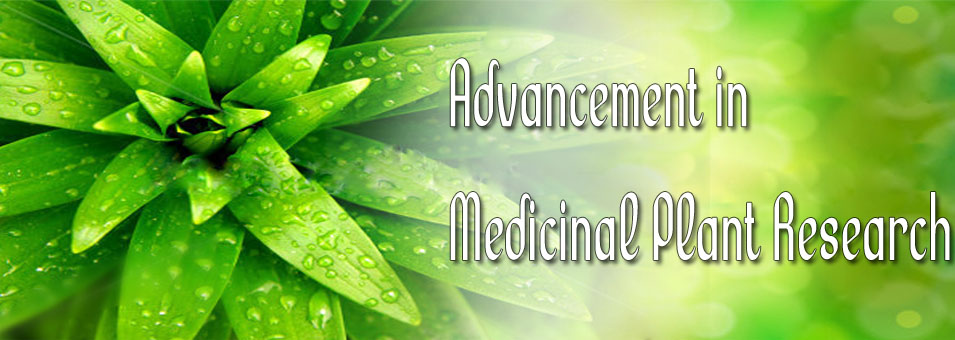Analysis of organic acids and total acidity in alfalfa (Medicago sativa L.) collected from different locations in the Republic of North Macedonia
Valentina Butleska Gjoroska, Marija Krstik, Lenka Cvetanovska and Liljana Koleva GudevaAdvancement in Medicinal Plant Research
Published: September 16 2019
Volume 7, Issue 3
Pages 68-78
DOI: https://doi.org/10.30918/AMPR.73.19.024
Abstract
The role of alfalfa (Medicago sativa L.) in the development of agricultural production and intensification of forage production is due to the high potential of biomass on the one hand anti-oxidative and nutritional value on the other hand. Modern techniques have been used for analysing of organics acids. Organic acids are formed during cell respiration as products of total dissemination of carbohydrates and generally serve as starting substances for the biosynthesis of different compounds such as fatty acids and fats, amino acids, vitamins, coenzymes, pigments and other substances. Organic acids are key metabolites in plants, and their amounts depend on the intensity of cell respiration. The accumulation of some organic acids in plants is closely related to the intensity of enzymatic reactions as well as to various environmental factors. On the cellular level, the metabolism of organic acids is of high importance for several biochemical pathways, such as the cycle of tricarboxylic acids and the glyoxalate cycle. Organic acids that are synthesised in these cycles are used by plants as precursors in the biosynthesis of other organic compounds. Significant differences are found in the production of organics acids between the locations in Ovche Pole region on the one hand and Skopje and Tetovo regions on the other hand. We investigated various organic acids (citric, acetic, wine, malic and lactic acid) and the total acidity in alfalfa (Medicago sativa L.) from three different regions of the Republic of North Macedonia, in 19 different locations and three harvests.
Keywords: Acetic acid, citric acid, lactic acid, malic acid, wine acid, alfalfa.
Full Text PDFThis article is published under the terms of the Creative Commons Attribution License 4.0

